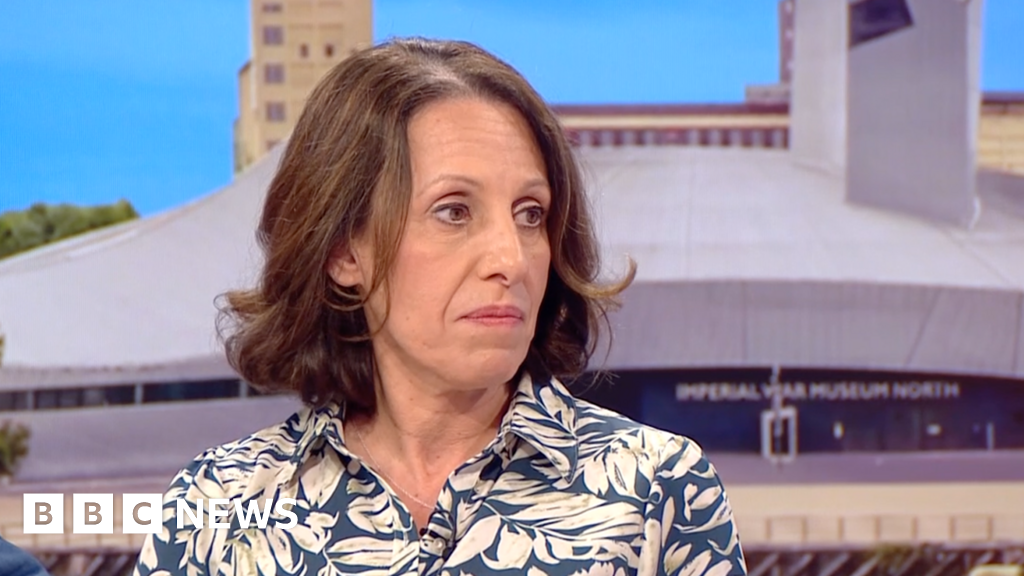Nearly 72% of Americans live paycheck to paycheck, with less than $2,000 in savings. And Amazon employees are among them.
About five years ago, Amazon started surveying workers about their financial health and the benefits they would find most useful—which painted a picture of financial stress among employees, says Justin Roberts, senior manager of financial benefits at Amazon.
To address this, Amazon created a global financial health team in 2022, says Roberts, who recently spoke on a panel, The Role of Financial Care for Employee Health, Wellbeing and a Thriving Workforce, at the Elevate Change, Ignite People (EPIC) conference in Las Vegas.
The financial health team is comprised of 12 full-time employees and contractors, as well as dozens of specialists on partner teams who work on various aspects of Amazon’s financial health benefits, from payroll to technology. This team is part of Amazon’s global financial and wellbeing benefits organization, which is part of the HR department.
Amazon’s HR leaders are not alone in wanting to help employees address their financial woes, which can lead to stress-induced health problems and deteriorated mental health, and, for employers, a loss in productivity and increased attrition. It’s a focus being accelerated by ongoing economic uncertainty. For the first time, last year, employers ranked the high cost of living as a top financial wellness concern over retirement preparedness, according to an Employee Benefit Research Institute report.
How Amazon created its financial health program
Prior to the start of the pandemic, Amazon began talking to employees and conducting employee surveys regarding their financial wellness concerns. Roberts said understanding such needs is key to any successful financial wellness strategy.
“It all starts with talking to your employee base and asking them what they want. What do they need from a financial perspective?” Roberts said. “A lot of times, they don’t know what they want until they are provided with some options. Once they see the options, they know clearly what they want to extract from them.”
After gathering data for more than a year, Amazon “saw the financial stress metrics that we have are fairly high,” Roberts said, which prompted the company to create a financial health team in 2022.
The team realized it needed to first sharply focus on helping employees manage short-term financial wellness, like financial emergencies—more so than prepare for long-term financial goals like retirement planning, Roberts said.
“Whenever somebody is hurt on the battlefield, the first step is to stop the bleeding,” says Roberts, a former Marine. “So, whenever we started to look for financial wellness solutions for our frontline employees, it was to stop the bleeding. What can we do for them in cases of emergencies? What do we need to do to take care of that first? Then we can later build on that.”
When Amazon’s financial health team learns of a U.S. employee facing a financial emergency, it directs that employee to its financial care solutions partner Brightside. That partner works with employees to find emergency housing, arranges food and grocery delivery, and connects them to appropriate community and government support services.
After tackling these immediate needs, Brightside and Amazon’s financial health team seek to build a strong financial foundation by working with affected employees to create a savings plan, rebuild their credit rating and eventually tack on retirement savings, Roberts said.
Roberts offered several tips for selecting a financial wellness partner. Seek a partner that receives all of its funding from its clients rather than a combination of clients and vendors whose products may be used in providing service to the organization.
“You don’t want a vendor to get paid more to pitch an annuity versus a different savings vehicle. You could then find there’s a propensity to select a resource that may not be in the best interest of employees,” Roberts said.
Amazon also wanted a partner that would not limit the amount of time employees could spend with a financial wellness representative. Brightside was also asked to ensure employees meet with the same financial representative whenever they need help to build on their existing relationship.
Amazon’s financial wellness ROI
Amazon measures its financial wellness return on investment through two lenses—impact on its employees and its business.
Since launching its financial health team and partnership with Brightside, Amazon has seen improvements in its employees’ savings rates, the number of dollars going back to employees—as they budget better and even set aside money for retirement funds—and the value they receive from the program.
“We’re looking at a 3x value,” Roberts said. “For every dollar we put into the program, the employee gets about $3 worth of value.”
Roberts said employees also rate Amazon’s financial wellness program with a 90 NPS score, adding, “It’s insanely high.”
Although Amazon’s overall employee base rates its financial wellness program high, financial woes persist among the online retailing giant’s warehouse workers, highlighting the scope of the challenge.
For example, 53% of 1,484 Amazon warehouse workers across the U.S. say they have experienced one or more forms of food insecurity in the past three months, and 48% of these workers face housing insecurity, according to a report released Wednesday by the Center for Urban Economic Development at the University of Illinois Chicago.
Additionally, 56% of warehouse workers are not able to pay all their bills, and 33% use one or more publicly funded assistance programs.
As Amazon seeks to improve further the lives of its employees, including its warehouse workers, the company is leaning into the benefits its financial health program is yielding. Roberts said the company believes it’s seeing greater productivity from workers, less attrition and safer workplaces—since workers are less distracted by financial problems. The program has been so successful that Amazon is expanding its geographic footprint for the program from one region in the U.S. to nationwide.
Common mistakes to avoid when creating a financial wellness program
Despite the potential of a financial health program, there are some common mistakes HR can make in crafting such an initiative, Roberts said.
Moving mountains quickly
“The biggest mistake is trying to do too much, too fast,” Roberts says. However, he noted that most decisions regarding financial health programs are two-way doors, where HR leaders need to be able to pivot and change plans.
Failing to know your employee base
HR leaders can fall into a herd mentality that can hurt their financial wellness program, Roberts observed.
“I often see some of my peers out there who will see what someone else is doing and say, ‘That’s great. I want to do that.’ They may start an emergency savings account program without understanding what their employees need. If it’s a hospital, maybe your nurses need student loan benefits before getting an emergency savings account,” he said.
Missing the mark on what to measure for program success
HR needs to know exactly what its financial wellness program is built to do and the desired outcomes and metrics to hit. Without measurable goals, merely having employees engaged in the financial wellness program does not equate to success, Roberts says.
“We know we want to provide X number of value per family and we hold ourselves accountable to that,” Roberts said. “If you have a performance-driven leader, you’ll get to the place you want to go.”
Credit: Source link











